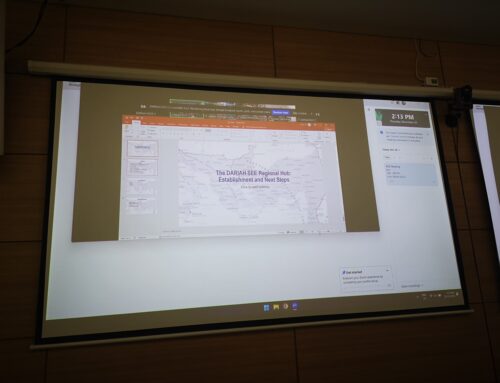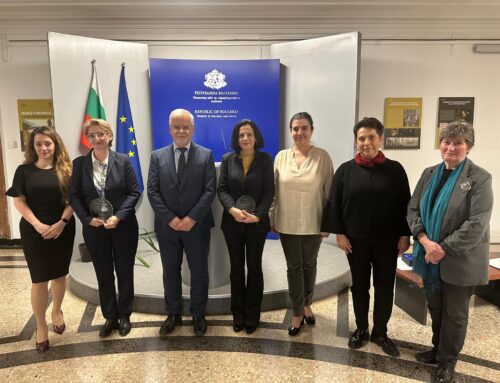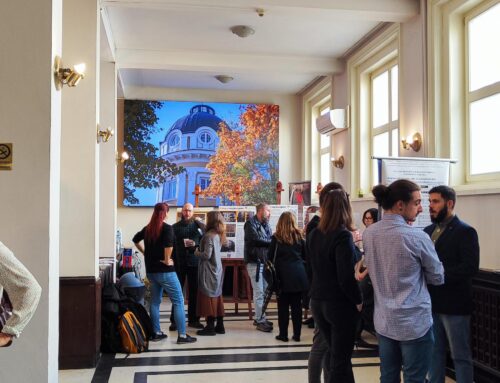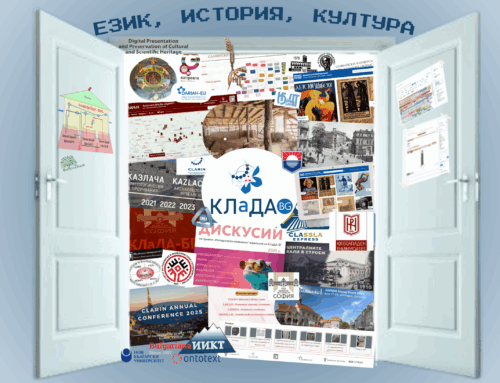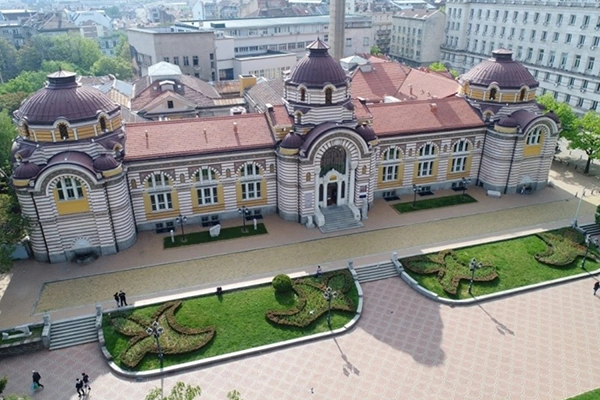
A project for the 3D reconstruction of the central Sofia “Targovska” Street as it appeared in the late 1930s was presented by Prof. Rumyana Preshlenova, Director of the Institute of Balkan Studies and Center of Thracology (IBSCT-BAS), on the second day of the international conference “Modern Technologies and the Interdisciplinary Approach to Cultural Heritage”.
As reported by BTA, the forum began yesterday at the National Historical and Archaeological Reserve (NHAR) in Pliska and is being held in a hybrid form – both on-site and online. It is organized by IBSCT-BAS and the National Archaeological Institute with Museum at the Bulgarian Academy of Sciences (NAIM-BAS). The goal of the conference is to deepen the understanding of technology’s role in advancing historical knowledge, and to promote interdisciplinary approaches.
As part of the interdisciplinary project, an attempt will be made to create a 3D reconstruction of the appearance of the street and its surrounding area using archival photographs, urban planning drawings, and architectural blueprints. “We will also use descriptions found in Dragan Tenev’s memoirs “Three Hundred Thousand Sofia and Me Between the Two Wars”, Count Robert de Bourboulon’s “Bulgarian Diaries”, Dimo Kazasov’s “Sofia in the Early Years of the 20th Century”, and Hristo Brazitsov’s “Once upon a time in Sofia””, Preshlenova added.
“The now-nonexistent “Targovska” Street once connected the square in front of the Royal Palace to “Banski” Square, crossing “Knyaz Dondukov” Boulevard. During World War II, this central part of the capital was heavily bombed, and many of the buildings in the area were destroyed”, Preshlenova explained.
The historian Sr. Asst. Ivaylo Nachev will take part in the project on behalf of IBSCT-BAS. The team will also include historians from the Regional Historical Museum in Sofia, architects from the Sofia Municipality’s Department of Architecture and Urban Planning, and IT specialists from the University of Architecture, Civil Engineering, and Geodesy.
“Our preliminary estimates suggest that it may be possible to recreate much of the architectural landscape of “Targovska” Street and its surrounding area as it appeared in the late 1930s”, said Prof. Preshlenova, noting that the specialists will face a number of challenges. Among these, she highlighted the lack of designs for some buildings and the difficulty of reconstructing all structures from photographs alone. The specialists have decided that the buildings that cannot be fully restored will be represented as outlines or silhouettes.
“The complexity of the project also lies in the fact that it does not concern a single unified site, but rather a collection of different structures that, among other things, evolved over time, and that’s why we chose to reconstruct this part of Sofia’s center, specifically as it was in the late 1930s, when the capital was experiencing the peak of its economic development”, she explained. Another challenge concerns the team’s ambition to create a full 360-degrees view of the “Targovska” Street area. “We don’t yet know exactly how we’ll achieve this, but we are very eager to make it happen”, Preshlenova noted. “I would be grateful if you could offer advice, share information or connect us with people who could help us with this project”, she said, expressing hope that by the time of their next conference, part of the project will be ready to present.
According to the specialists’ estimates, the project will take at least two years to complete, given the wide scope of the work involved. Preshlenova noted that it will be developed as part of the major infrastructure initiative CLaDA-BG.
“The idea behind the 3D reconstruction of “Targovska” Street area is not an end in itself”, Prof. Rumyana Preshlenova emphasized, adding that “it is aimed at educational institutions, enabling them to show students and pupils what the central part of the capital looked like during the most prosperous period of its economic development – the 1930s”. It is also intended for visitors of Sofia. “Our colleagues from the Regional Historical Museum in Sofia presently explain what it was like, but for many people it is difficult to imagine that in place of today’s huge buildings – the Central Department Store, the Council of Ministers, and the former Party House – there once thrived a lively economic and cultural area”, she said.
Source: BTA

